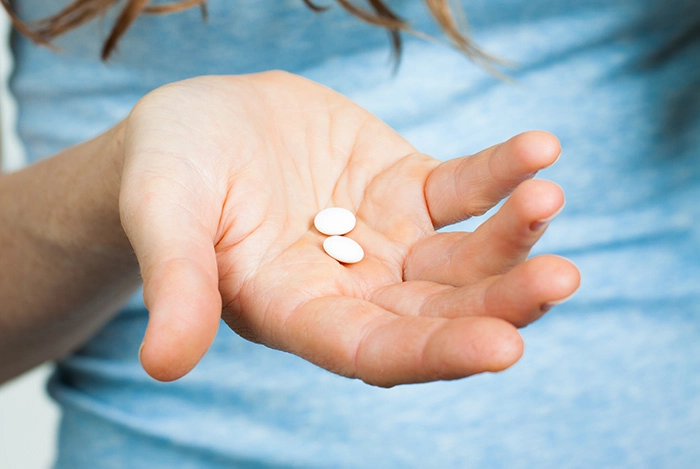Medication for Hyperhidrosis
Oxybutynin is an anticholinergic drug with an emerging role in the treatment of hyperhidrosis. Several recent studies have documented that it is effective both in focal and generalized hyperhidrosis and shows universally good response among different groups of patients regardless of age, gender, and weight. The most common adverse event is dry mouth reported by almost all patients treated. The way this might affect long-term compliance and tolerability should be better investigated in the future.
Description
Mechanism of Action
Oxybutynin is an anticholinergic medication able to antagonize the M1, M2, and M3 subtypes of the muscarinic acetylcholine receptor. It is generally used to relieve urinary and bladder difficulties, including frequent urination and the inability to control urination (urge incontinence), by decreasing muscle spasms of the bladder [16]. It also has direct spasmolytic effects on bladder smooth muscle as a calcium antagonist and local anesthetic, but at concentrations far above those used clinically [16].
Oxybutynin chloride exerts a direct antispasmodic effect on smooth muscle and inhibits the muscarinic action of acetylcholine on smooth muscle. It exhibits one fifth of the anticholinergic activity of atropine on the rabbit detrusor muscle but 4-10 times the antispasmodic activity [16]. No blocking effects occur at skeletal neuromuscular junctions or autonomic ganglia (antinicotinic effects).
Absorption
Following the oral administration of oxybutynin chloride tablets, oxybutynin is rapidly absorbed achieving the maximum concentration within an hour, after which plasma concentration decreases with an effective half-life of approximately 2-3 h. The absolute bioavailability of oxybutynin is reported to be about 6% (range 1.6-10.9) for the tablets. Wide interindividual variation in pharmacokinetic parameters is evident following the oral administration of oxybutynin [16,17,18].
Data in the literature suggest that oxybutynin solution coadministered with food resulted in a slight delay in absorption and an increase in its bioavailability by 25% (n = 18) [19].
Distribution
Oxybutynin is widely distributed in body tissues following systemic absorption. The volume of distribution is 193 liters after intravenous administration of 5 mg oxybutynin chloride [16,17,18]. The major binding protein is α1 acid glycoprotein [16,17,18].
Metabolism
Oxybutynin is metabolized primarily by the cytochrome P450 enzyme systems, particularly CYP3A4, found mostly in the liver and gut wall. Its metabolic products include phenylcyclohexylglycolic acid, which is pharmacologically inactive, and desethyl oxybutynin, which is pharmacologically active [16,17,18].




